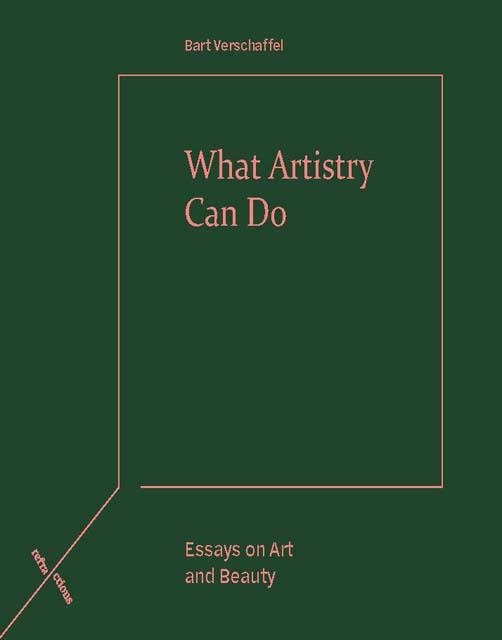2 - Critical?Art
Published online by Cambridge University Press: 18 November 2022
Summary
Does art have to be critical – that is, when being critical means something more or other than conveying a message or a protest, or declaring solidarity? The criticality of art means that the work or artistic practice is a refusal in itself; it presupposes that the work itself is resistant, that the work somehow says ‘no’.
Modern art is supposed to be inherently critical. After all, the modern condition as such implies an awareness and an affirmation of a discontinuity or a rupture. Being modern means quitting, leaving behind, letting go of the old world in which everything and everyone had a proper place, in which identities were clear and assured. Modernity exchanges the old world – Lyotard's domus: a shared time, a shared world, a common language – for another world and another life, for individualism. Everyone is now on his or her own and manages a personal agenda. There are no ‘common places’; everyone has to find his or her way in the big city. Everyone picks up new words and experiences, speaks for him or herself and thus can no longer be understood by those left behind in the village.
The uprooted condition of modern life, however, is not yet a radical refusal. It is first and foremost a liberation, the start of a new life elsewhere. The big city is the intermediate stop on the way to a new world and a better situation. The rupture is a moment in a dialectic, meant to create a turning point, a means of opening possibilities. The negation serves a future where everything could be different, better and freer for everyone. The various modernist movements in the arts took up this cause, each in its own way or domain, and tried to anticipate and explore that better future, to be avant-garde. But then the twentieth century revealed where these social and industrial revolutions led, and what that new world dreamt of by the utopian modernists looked like. The massacres of the World Wars, the Holocaust, Stalinist and Maoist terror – among countless other atrocities – crushed all hopes for progress. The result was that the dream of radically refusing and destroying the old to create a new and better world was over for good.
- Type
- Chapter
- Information
- What Artistry Can DoEssays on Art and Beauty, pp. 19 - 25Publisher: Edinburgh University PressPrint publication year: 2022



